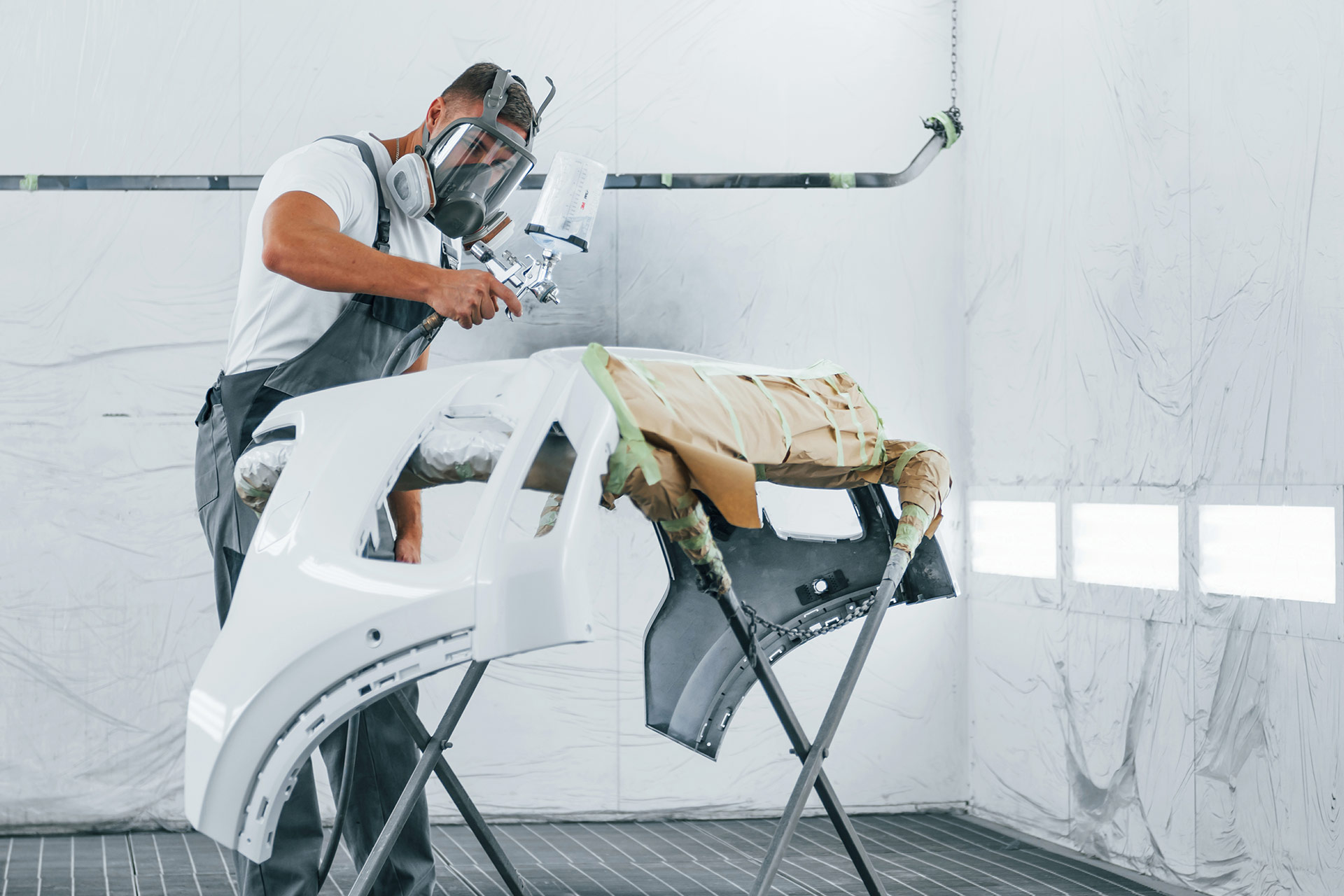

Before subjecting your car to a full body wrap, it’s crucial to ensure it’s properly prepared. Often, people think they can take their vehicle to the shop without any prior preparation, but this can lead to issues in the final result. Wrapping a car in vinyl is a delicate process, and proper preparation can make the difference between a professional finish and a job that needs to be redone.
In this guide, we’ll explain how to prepare your car before a full wrap and what steps are crucial for achieving a flawless result.
The first step, and arguably one of the most important, is thoroughly cleaning the vehicle’s surface. You need to make sure there is no residue of dirt, dust, grease, or oil on the surface. Even the smallest particle can affect the vinyl’s adhesion and cause bubbles or imperfections in the final finish.
Use a car-specific soap that leaves no residue and ensure the car is completely dry before proceeding. Some shops even recommend treating the areas to be wrapped with isopropyl alcohol to eliminate any trace of grease or contaminants.
Once the vehicle is clean, it’s essential to inspect the body for imperfections. Deep scratches, dents, or rusted areas can affect how the vinyl adheres to the car. If your car has visible damage, it’s recommended to fix these issues before proceeding with the wrap. Failing to do so risks making the damage visible even with the vinyl in place.
Moreover, if you plan to have a wrap that lasts several years, these issues are likely to worsen over time if not addressed.
It’s advisable to remove all accessories that could interfere with the wrap installation. This includes emblems, badges, antennas, side mirrors, door handles, and any other external accessory that could hinder the vinyl application. Wrap installers typically prefer working with a surface as clean and flat as possible, allowing them to apply the vinyl evenly.
While some installers offer the option to cut around these accessories, the final result won’t be as clean as if the surface were completely clear. It’s more recommended to dismantle accessories and reinstall them after the wrap is completed.
The next step is deciding what type of vinyl you want to use for the full-body wrap. Different qualities and thicknesses are available, and the right choice will depend on your needs and budget. Higher-quality vinyls typically have longer durability and are more UV-resistant, while mid-range options offer excellent value for money.
Additionally, different finishes are available, such as matte, gloss, satin, or carbon fiber. The finish you choose will impact both the aesthetics and the durability of the wrap.
Lastly, it’s crucial to choose a reputable shop with experience in vehicle wraps. This step is just as important as the others, as an inexperienced installer can ruin even the best preparation. Do your research, read customer reviews, and ensure the shop has a good reputation for wrap installation.
Preparing your car for a full wrap is a process that shouldn’t be taken lightly. From proper cleaning, checking for imperfections, to choosing the right vinyl and reputable shop, each step is crucial for achieving a durable and attractive finish. By taking the time to prepare your vehicle well, you’ll not only get an aesthetically flawless result, but you’ll also extend the lifespan of the vinyl and protect your car’s original paint.